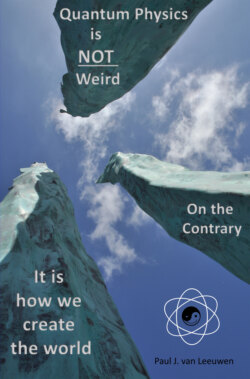Читать книгу Quantum Physics is not Weird. On the Contrary. - Paul J. van Leeuwen - Страница 36
На сайте Литреса книга снята с продажи.
The birth of the electron microscope
ОглавлениеThe discovery of the wave behavior of electrons in 1931 resulted - within 4 years after Davisson's publication in Nature - in the construction of the first electron microscope by Ernst Ruska [26] (1906-1988), together with the German electrical engineer Max Knoll (1897-1969) .
When using a normal light microscope, the size of the tiniest possible distinguishable details is limited by the wavelength of visible light. Details smaller than the wavelengths of this light cannot be distinguished. The light waves do not reflect but just bend around these small objects like waves bend around a buoy at sea. Moving to shorter wavelengths - UV light - is not an option due to the fact that glass does not transmit UV light. But, using electrons, you can control their wavelength through their energy and thus their speed. When you give them enough energy to make their wavelength small enough, you can make much smaller details 'visible'. The prepared microscopic slide must then be able to withstand the electron bombardment as well as the vacuum needed for the electrons to move unhindered.
Figure 4.14: Electron Microscope.
Source: Wikimedia Commons. Author: Graham Beards
Focusing, done with glass lenses for visible light, can be achieved for beams of electrons with magnetic coils because of the electron charge. See figure 4.14. The electron microscope is the first technical instrumental application of quantum physics.
